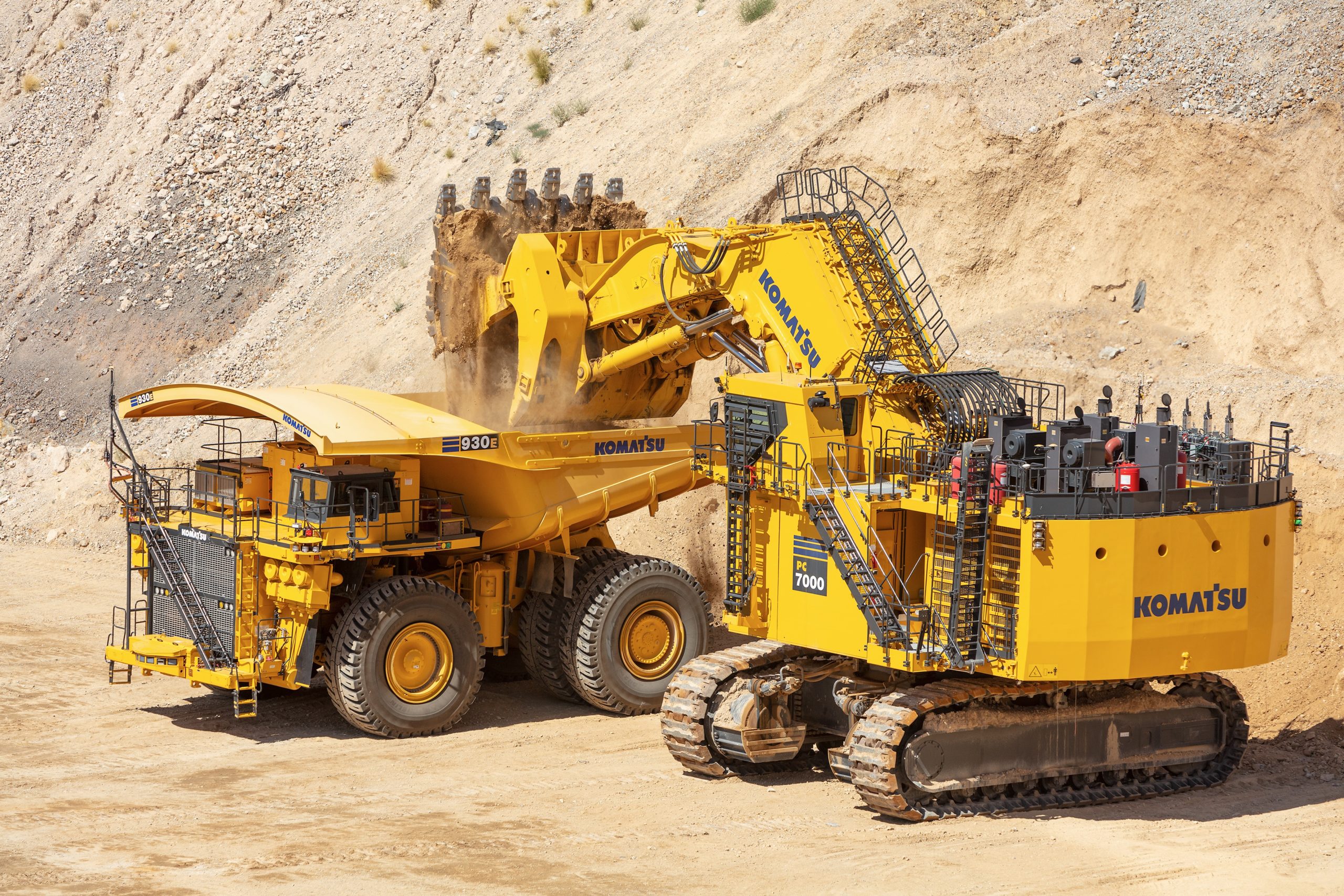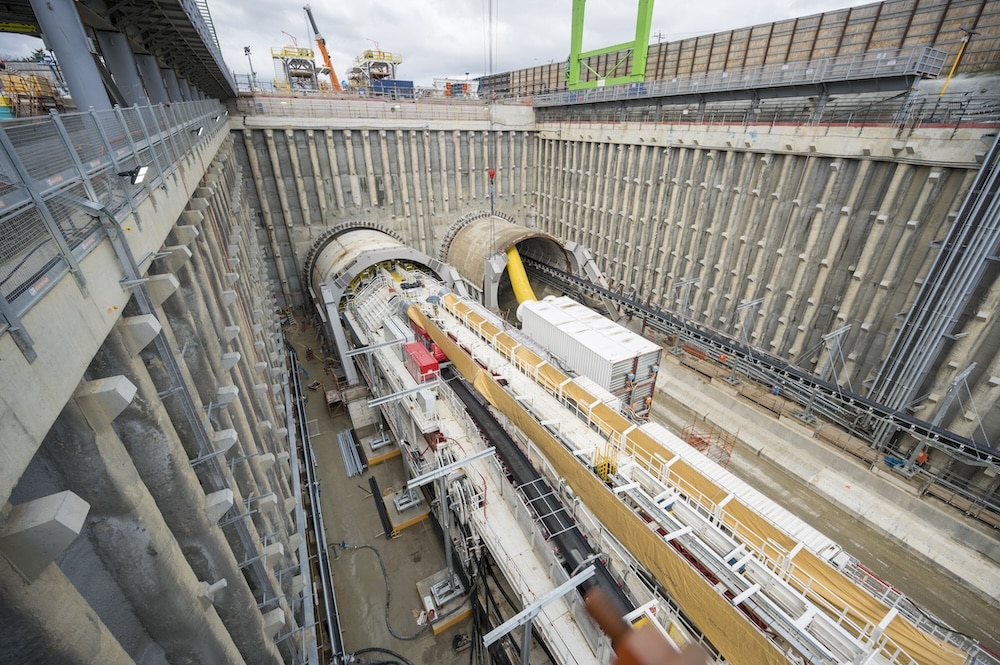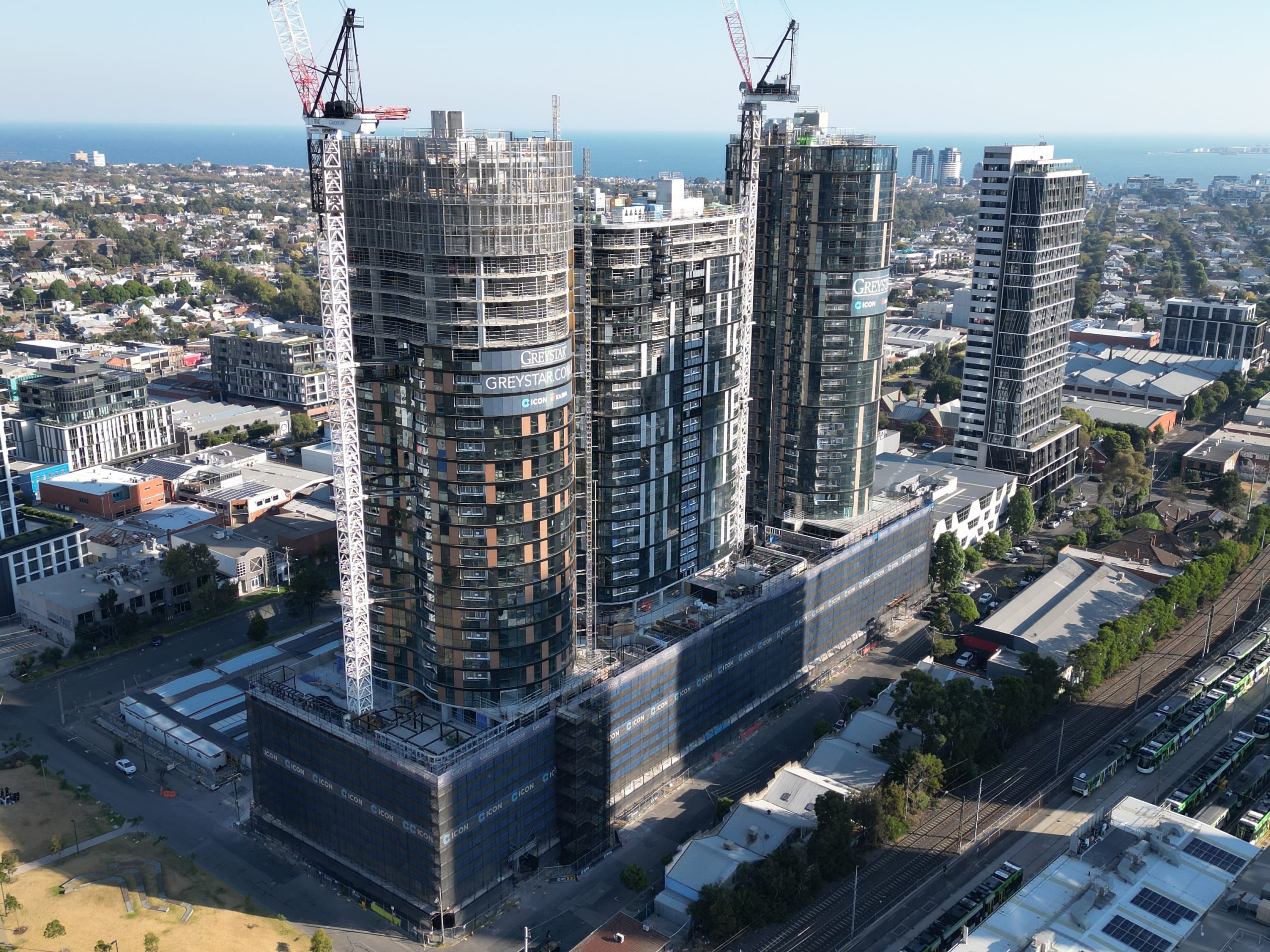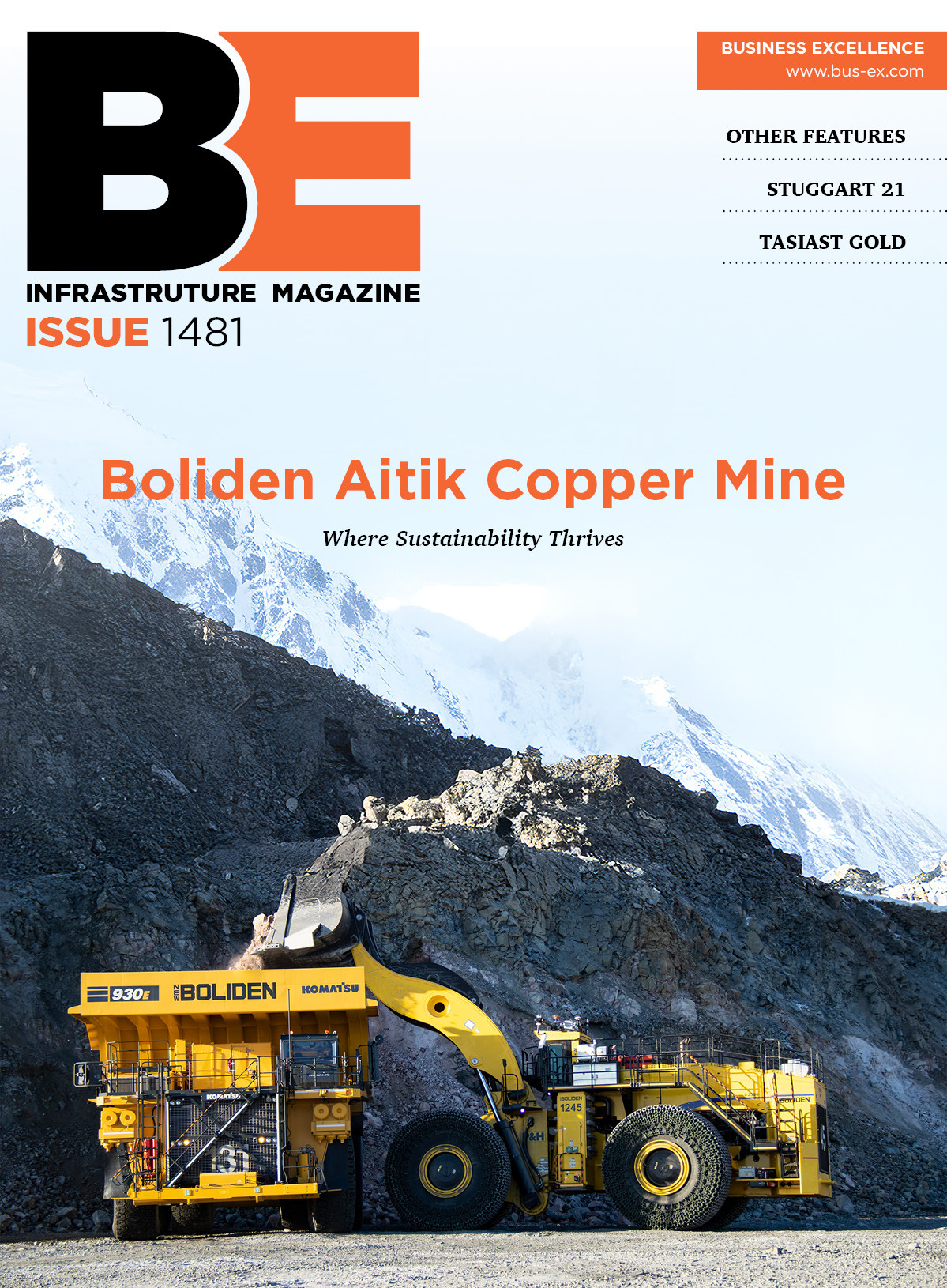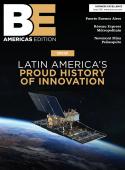
A member of the Bravo Group, South Africa’s largest and most diverse furniture manufacturer, Alpine Lounge has left behind the world of high volume mass-produced furniture. It is a premium marque and its Ashanti brand can only be described as aspirational. Founded in 1969 it has built its reputation on state-of-the-art technology, quality products, on-time delivery and caring and efficient after-sales service.
Alpine Lounge only uses top quality raw materials and enjoys exclusive use of indigenous leather types sourced from South Africa and Namibia. In fact one of the company’s unique selling points is appreciated by the discerning purchasing independent and therefore not suited to the mass market. Leather furniture has come into demand from a mass market in recent years; at the same time leather-look PU (polyurethane) and microfibre-faced fabrics have been perfected to the extent that it’s now virtually impossible to tell the real thing from the imitation. Car seating in particular, which consumes the pick of hides but routinely uses plastic on the non-contact sections of top of the range car seats, presents a challenge to the purist so perfectly matched are the colours and the textures.
Alpine Lounge furniture on the other hand makes a virtue of the marks that distinguish African leather whether from cattle grazed on the veldt or other indigenous species like gemsbok (sourced through strictly controlled culling programs in Namibia). These hides show tick bites, thorn scratches and even the scars left by fighting. They tell a story and are appreciated by a select but significant number of purchasers across Africa and in the UK, where Alpine Lounge has a devoted following.
All this makes Alpine Lounge a niche leather furniture manufacturer. Other companies in the group focus on the mass market while Alpine Lounge prides itself on its high level of customisation and customer focus. “These are huge brand assets, but they have not immunised our company from the market revolution caused by the influx of good quality lounge furniture from China,” says Lawrence van der Merwe, Alpine Lounge’s Operations and Technical Director – and he has seen it all, having been with this company for all but 40 years.
Currently there is an international shortage of leather, as cattle ranchers in South America, the world’s main source, have moved into shorter-term farming, and many of the Chinese imports are aggressively rather than economically priced. It’s a fact of life Alpine Lounge has to live with, he says, and he is finding weapons with which to fight back.
One key breakthrough came last year when van der Merwe went to America, after Alpine secured the Africa-wide licence to manufacture and distribute La-Z-Boy products. This major US brand founded in 1927 had begun to struggle too, some seven or eight years previously, but the common denominator was not just the competition from China. La-Z-Boy was founded in the 19th century and its designs reflected that but more importantly it was still manufacturing in a way consistent with mass production – the Ford model of motor manufacturing, if you like, which that industry had already abandoned in favour of the Toyota Production Method (TPM). “We started producing on line back in the mid 1970s, the time TV came to South Africa. And the factory was still laid out that way until last year. But the market has changed. We don’t have the volumes to enjoy the same economy of scale. Stoppages are more frequent due to shorter runs and line imbalances result from that, so it is no longer advantageous to produce smaller quantities on line.”
He put in some time in the States to learn how some seven years ago La-Z-Boy had switched over to cell manufacturing, adopted lean practices in its factory and revolutionised its designs, its methodology and quality standards. At the same time it had revamped its design and marketing thrust to appeal to a younger audience, even getting Brooke Shields in as the ‘face’ of the La-Z-Boy brand. “I was struck by how successful they had been in turning the business around. It pulled them out of the red and into the black and the business is now fully recovered and doing very well internationally.”
Back in South Africa he persuaded his CEO that, facing the threat from low cost imports and a changing market dynamic, the business should adopt the same approach that had delivered such a great result for La-Z-Boy. As a result the entire group has started its lean journey, an initiative that will undoubtedly deliver results across the value chain from raw materials procurement to showroom, though it starts with production. It’s early days in a process that started in September 2012 but will, he emphasises, never end. “There’s a huge task ahead of us. We are starting with a five-year transformation programme, that being continuous improvement, or Kaizen. I believe it will take us forward into the next decade and beyond, as lean manufacturing is the survival kit for modern manufacturing.”
Cell manufacturing differs from single element procedures, where each operator repeats the same step on a production line. Instead there may be six operators, multi-skilled and between them taking complete responsibility for the product. “There are so many advantages when you work out the return rates compared to online,” says van der Merwe. “Quality is so much better, as is general control of production, particularly with smaller runs. You can identify product that is relatively easy to produce, what falls into the middle area of complexity and what requires more work – and allocate these to particular cells, with people who have matching skills.”
The lean journey is a challenge to people used to the old ways, and some move on, but there is no turning back. Cell manufacturing delivers better productivity with fewer people, less waste, better quality and faster lead times. The factory is already looking a very different place, he says, with clutter disappearing, and everything that is needed close to hand, visible and accessible.
This new manufacturing approach suits the increasing complexity and technical sophistication of furniture, a large proportion of which falls into the ‘motion’ category, with dynamic options built in. Alpine Lounge is the biggest manufacturer of motion furniture in South Africa and has been producing it in increasing quantities since 2002. To keep pace with the growing sophistication of these systems as well as the volumes needed, Alpine Lounge recently shifted its sourcing to Leggett & Platt, the leading global supplier of mechanisms that can, for example, now recline a seat forward – or rather, ‘incline’ it like the latest aircraft seats into a 180 degree lay-flat position. This also means its back can be close to a wall, making it more suitable for the smaller room.
Finally, Alpine Lounge is now much in demand for cinema and auditorium seating, one sector of the market that seems to be recession proof. “Perhaps people go to the pictures to forget their problems!” Lawrence van der Merwe speculates. Whatever the reason it is a growing market for Alpine Lounge, in happy partnership with the leading installer Destiny Seating. One UK cinema, Vue in Manchester, has just been completed, major cinema chains in South Africa are ordering, and the company is providing the seating for four cinemas in Doha, Qatar. Alpine is looking forward to the opportunity that offers to combine its luxury cinema offering with the innovative design and highly decorative finish beloved of customers in the Middle East.
Written by John O’Hanlon, research by Vincent Kielty



 AlpineLounge-Africa-Manufacturing-Dec13-Bro-s.pdf
AlpineLounge-Africa-Manufacturing-Dec13-Bro-s.pdf